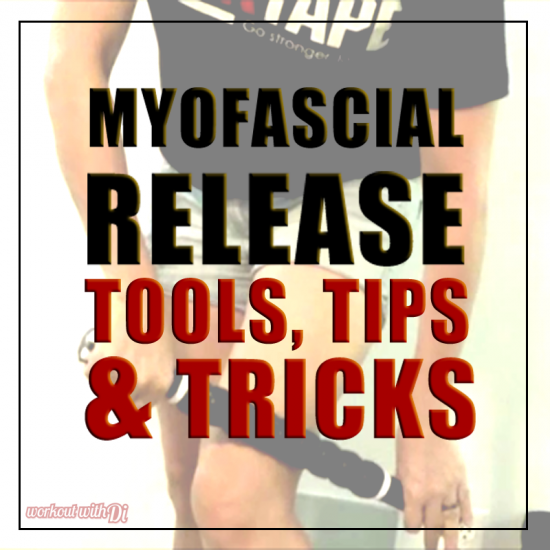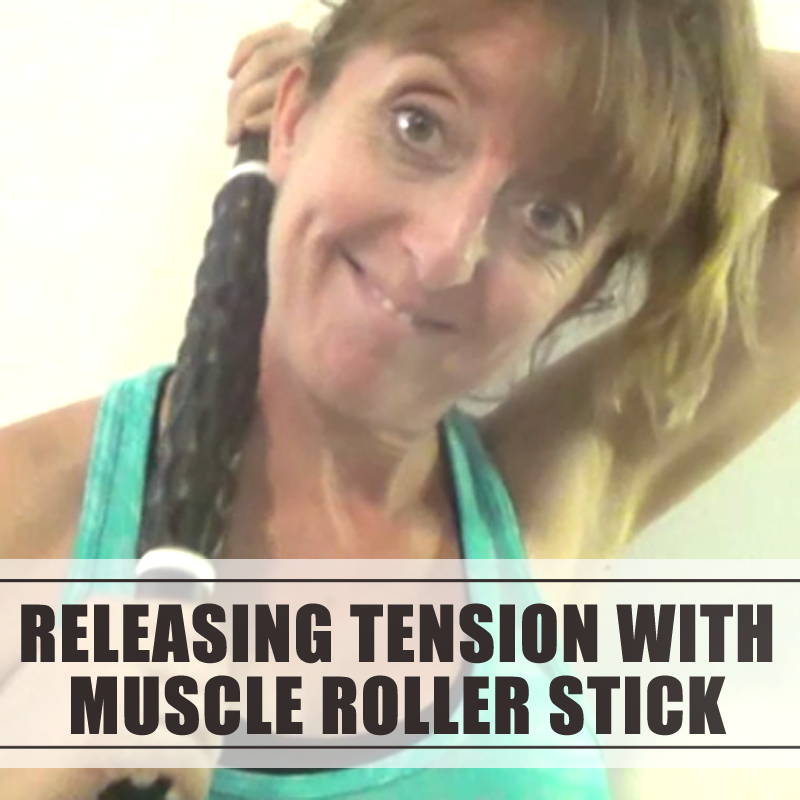
One of the biggest keywords in the fitness industry lately is fascia. Release the fascia, rolling the fascia, and loosening the fascia, no matter how you spin it myofascial release is big and it’s only getting bigger. What had previously been thought of as alternative medicine is now common practice for personal trainers, high end athletes and weekend warriors alike. So let’s go over some basics ground rules, equipment options and tricks of the trade.
What is myofascial release?
Sometimes abbreviated as SMFR, SMR or MFR basically Self Myofascial Release and whatever acronym you call it, you’re going to be giving yourself a ‘lovely’ massage. Sounds nice right? Only sometimes it isn’t so nice. In fact sometimes people will tell you they are in tears. Wait, what? What do I want you to do this again? Lets start with the basics: Myo=Muscle and Fascia = sheath. So think of the myofascia as your earbuds. You throw them in your gym bag and next time you look for them they are an ugly knotted mess right? The same thing can happen to your body. Ever had your masseuse say you’ve got knots, tension, or ‘stress’ and you feel the ‘bumps’ as they are trying to knead them out your back? Yeah your fascia is screwed up. Don’t you just want to release those knots?
What’s the big deal about the knots?
I’ve heard them called, knots, lumps, bumps, hot spots, trigger points, and many years ago… zingers. You’ll know when you hit one because usually they hurt in a “WTF is that” way. No seriously they do. But once released you feel a TON better, trust! So they idea is that if these knots are left your natural movement pattern gets impaired. Muscle imbalances or even injury may occur. You know you feel a lot better after a massage, even one of the deep massages, so why wouldn’t you want to feel like that everyday?
How do we release the fascia
By applying pressure. If daily massages aren’t in your budget then that’s where Self Myofascial Release comes in useful. By using equipment we can help smooth out the fascia and help it move in a normal pattern again.
- Start with rolling, this is the warm up before actual release. You should do this for around 30 seconds
- While rolling you might become aware of any areas of tension, or even a small noticeable lump as you roll indicating a knot
- Once your find your zinger [point of tension] then apply pressure onto the area and hold it for 30 seconds. Yes, it may hurt initially, but it will get better. There is science behind this that I can wow with you with in another post, because this is just an overview just trust it will get better. Pain = HOLD not roll.
Myofascial Release tools
There are many tools for myofascial release, but some of the more popular ones are rollers, sticks, and balls. Each one of these has it’s benefits depending on what area of the body you are working on, and your level of experience. Within each of these equipment categories you can get different types including sizes, textures and slightly different shapes but the premise is the same. Apply the pressure.
[tweetthis]5 tips and tricks for self myofascial release by @workoutwithdi #SMR[/tweetthis]
My 5 Tips & Tricks for myofascial release
I’ve been using Self Myofascial Release techniques over the last 5 years and excuses I hear are: I don’t have time, it’s boring or I can’t afford a foam roller. Well let me be the bearer of good news… you can do it for free! Or at least pretty cheap, by using equipment you may already have around the house. Plus you don’t miss the time involved with these tips and tricks.
- Pool noodle can be a substitute for soft foam roller, some can be really soft but good for beginners.
- Rolling pin can serve double duty as a stick or foam roller. Seriously, in a pinch it can work!
- No massage ball? Get a tennis ball. I did this recently on our camping trip!
- Dog toys like Kongs can sometimes be ‘fun’ to use too. (don’t ask me how I know this one!)
- If you’re watching TV get out the foam roller, rolling pin or ball. You’re going to just be sitting there. Make use of that time.
Questions
Do you use SMR techniques?
